As EU climate policy tightens, its Green Deal increasingly shapes Swiss energy and emissions through shared infrastructure – long-standing hydropower integration, electricity lines and gas pipelines –, Emissions Trading Systems (ETS) linkage and EU-wide clean fuel and CO2 regulations. Weiterlesen
Schlagwortarchiv für: report
What are the best policy measures to decarbonise Switzerland? A stand-alone carbon tax? A combination of taxes, subsidies, bans and standards? The DECARB project explores these questions and shows the advantages of combining measures to reach climate neutrality.
Academics typically recommend the introduction of a carbon tax to shift the economy away from fossil fuels and mitigate climate change. However, this policy proposal usually faces strong opposition from industry and the public, even if the revenues are fully redistributed.
In the DECARB project, a team of researchers investigated whether the use of other measures such as subsidies, standards or bans could facilitate the decarbonisation of Switzerland to an extent compatible with its goal of climate neutrality by 2050. In particular, it looked at how combining these measures into „instrument mixes“ might be superior to using just one of them, including the carbon tax. Overall, its findings suggest that mixes offer significant potential to advance climate policy.
DECARB is a research project sponsored by the EES programme and coordinated by the École Polytechnique Fédérale de Lausanne (EPFL).
The project addresses the colossal challenge of decarbonising the Swiss energy system, including transport, residential buildings, and industry. Given that individual policy measures all have shortcomings, the project investigates how mixes of measures could enhance climate policy. Thanks to a pluri-disciplinary approach, DECARB identifies desirable mixes that would allow Switzerland to reach climate neutrality by 2050.
First, a review of the academic literature shows that there are several market failures, barriers to decarbonisation and policy constraints that justify the use of instrument mixes rather than a stand-alone carbon tax. While the desirable mixes differ across sectors, given the different target actors and technologies, some carbon tax is found to play a key role in all of them.
Second, using a mathematical model of the Swiss economy, the researchers show that the deep decarbonisation induced by the mixes has a negligible impact on gross domestic product (GDP), in the order of 1‰. When complementary instruments are included in the policy landscape, the carbon tax rate required to achieve an ambitious emissions target can be divided by about two. On the other hand, a stand-alone carbon tax allows for the highest rebate to households among the scenarios considered.
Third, using an online survey, the team provides evidence that Swiss citizens have a strong preference for instrument mixes rather than a stand-alone carbon tax. Language region, number and type of cars owned, and perceived threat of climate change are found to be important predictors of instrument preferences.
Full report: Cocker, F., Thalmann, P., Vielle, M., Vöhringer, F., Weber, S. (2024). DECARB – Mixes of policy instruments for full decarbonisation by 2050. Project funded by the Energy-Economy-Society (EES) research programme of the Swiss Federal Office of Energy (SFOE), Bern.
Authors: Fleance Cocker (EPFL), Philippe Thalmann (EPFL)
Shutterstock: ID: 2463945033; Doidam 10




 Noch keine Bewertungen
Noch keine Bewertungen2022 – das Jahr der Standortankündigung. Der Vorlauf dazu begann im Frühling 2008: Damals genehmigte der Bundesrat den «Sachplan geologische Tiefenlager», die Suche nach einem geeigneten Standort für ein Tiefenlager radioaktiver Abfälle konnte beginnen. Weiterlesen




 1 Vote(s), Durchschnitt: 5,00
1 Vote(s), Durchschnitt: 5,00CROSSDat – An open energy data platform for Switzerland
How much energy do buildings consume per canton, per municipality? How big is the heating demand? How much electricity did Switzerland consume yesterday? How many Smart Meters are installed per municipality? In terms of data freely available on the energy sector – so called Open Energy Data -, Switzerland has a lot of catching up to do compared to other countries. Why is that? What are the obstacles? Weiterlesen




 Noch keine Bewertungen
Noch keine BewertungenEnergiereporter: Ein Push für mehr «offene Energiedaten» in der Schweiz
Die Digitalisierung und die Nutzung von Daten können die Transformation des Energiesystems hin zur Klimaneutralität wesentlich unterstützen. Eine wichtige Rolle spielen dabei auch digitale Tools zur Information und Sensibilisierung wie beispielsweise der Energiereporter. Seit seiner Lancierung vor knapp einem Jahr hat der Energiereporter durchwegs positives Echo bei Gemeinden und Kantonen ausgelöst. Allerdings bemängelten viele Nutzerinnen und Nutzer, dass die Daten zu den Key Performance Indicators (KPIs) wie «Ausnutzung PV Potential» oder «Anteil erneuerbarer Heizungen» nicht heruntergeladen werden konnten und eine schweizweite Darstellung des aktuellen Stands fehlte. geoimpact und das Bundesamt für Energie BFE haben nun gemeinsam die Datensilos des Energiereporters geöffnet. Weiterlesen




 4 Vote(s), Durchschnitt: 5,00
4 Vote(s), Durchschnitt: 5,00Publication de données à l’ère des Linked Data – une étape importante pour OGD et la numérisation à l’OFEN
Dernièrement l’OFEN a publié les données concernant la Statistique de la recherche énergétique, qui recense les projets de recherche énergétique financés par les pouvoirs publics. Il ne s’agit pas seulement d’une autre publication Open Government Data (OGD), mais aussi d’une innovation dans le domaine des données ouvertes: la première publication de données liées (Linked Data) que l’OFEN prépare en interne. Celle-ci suit un projet pilote qui utilisait les Statistique des aménagements hydroélectriques (SAHE) publiées en collaboration avec swisstopo. Weiterlesen




 2 Vote(s), Durchschnitt: 3,00
2 Vote(s), Durchschnitt: 3,00Comme chaque année, l’Agence Internationale de l’Energie (AIE) publie le World Energy Outlook. Ce mercredi, la version 2021 a été mise en ligne. Ce document qui existe depuis 1977, fournit une analyse critique du domaine de l’énergie au travers des informations livrées par ses membres (30 pays membres et l’UE ainsi que 8 pays associés). Le contenu et les recommandations qui composent le livre se veulent des aides de réflexions pour les états et non des prévisions. La Suisse participe aussi à l’élaboration de ce rapport qui cette année aborde les changements dans le domaine de l’énergie suite à la crise du COVID-19 et les enjeux dus au réchauffement climatique à la veille de la COP 26. Entretien avec Benoît Revaz, directeur de l’Office fédéral de l’énergie et représentant helvétique au conseil de l’AIE. Weiterlesen




 Noch keine Bewertungen
Noch keine BewertungenHow startups from energy sector adapt to Covid-19-situation
The Swiss Environment and Energy Innovation Monitor carried out an online survey amongst 129 Swiss startups from the Energy and Environment sectors following a similar survey in 2020 focusing on COVID-19 effects, their work organisation, financing challenges and internationalization plans. Weiterlesen




 Noch keine Bewertungen
Noch keine BewertungenSustainable propulsion systems for passenger and freight vehicles are one of the major challenges in reshaping Switzerland’s energy supply. Among the multitude of technical problems is the development of compact turbo compressors, which play a central role in hydrogen-powered electric trucks, for example. Weiterlesen




 Noch keine Bewertungen
Noch keine BewertungenWind turbines belong at locations with good wind, that goes without saying. In order for the wind to be converted into a good electricity yield, wind turbine operators must take numerous factors into account. Weiterlesen




 Noch keine Bewertungen
Noch keine BewertungenKontakt
Bundesamt für Energie
Pulverstrasse 13
3063 Ittigen
Postadresse:
Bundesamt für Energie
3003 Bern
Telefonnummern:
Hauszentrale +41 58 462 56 11
Pressestelle +41 58 460 81 52
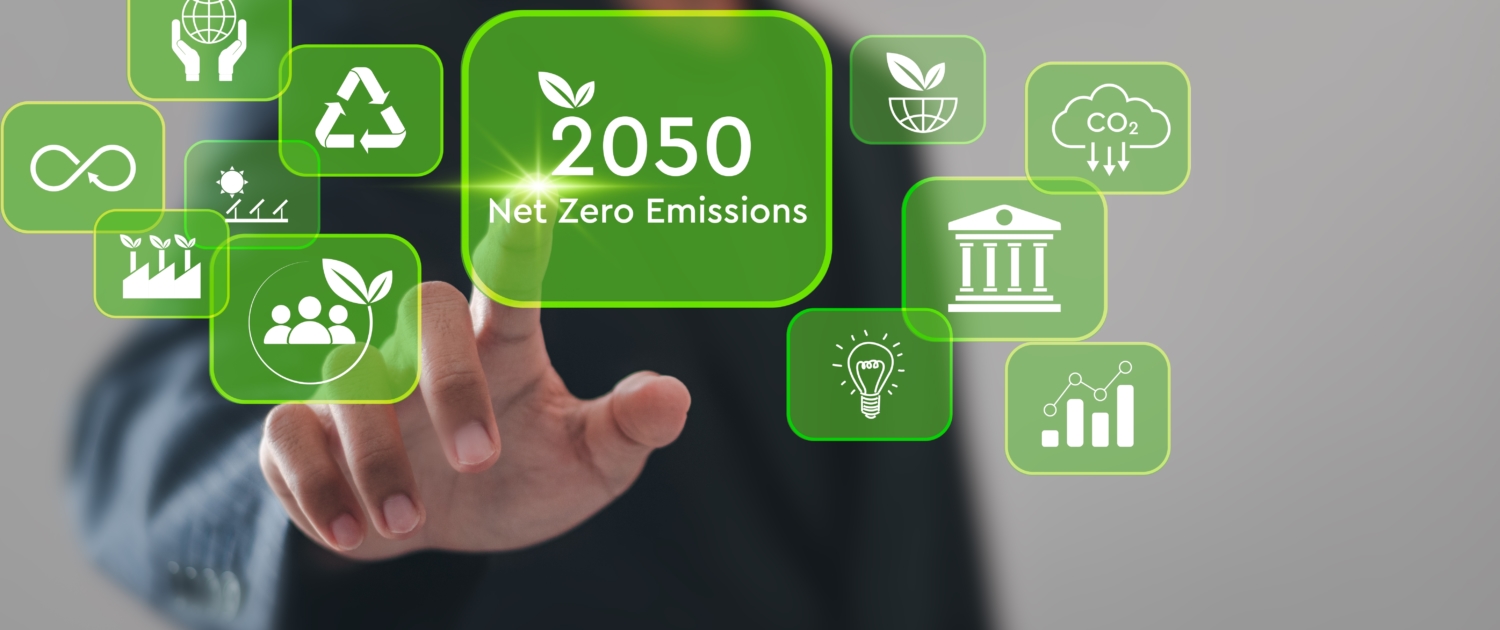 Shutterstock
Shutterstock shutterstock
shutterstock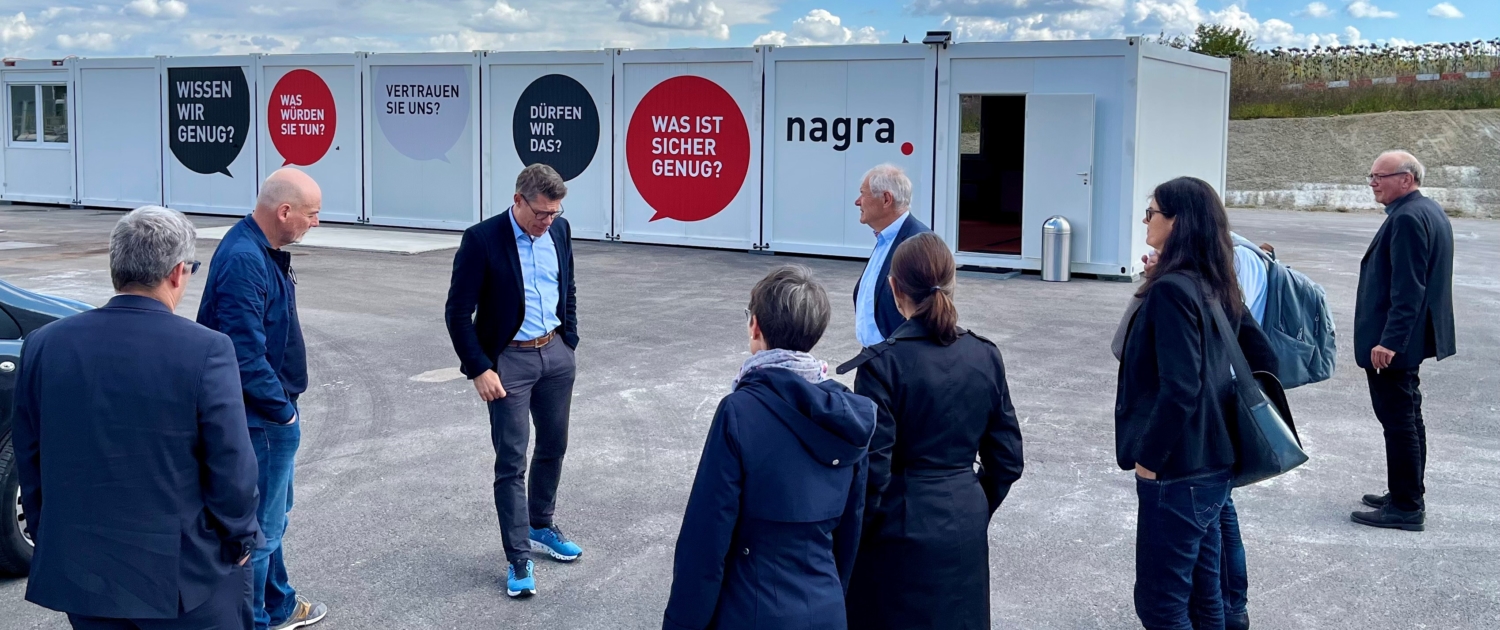 BFE
BFE shutterstock
shutterstock Shutterstock
Shutterstock shutterstock
shutterstock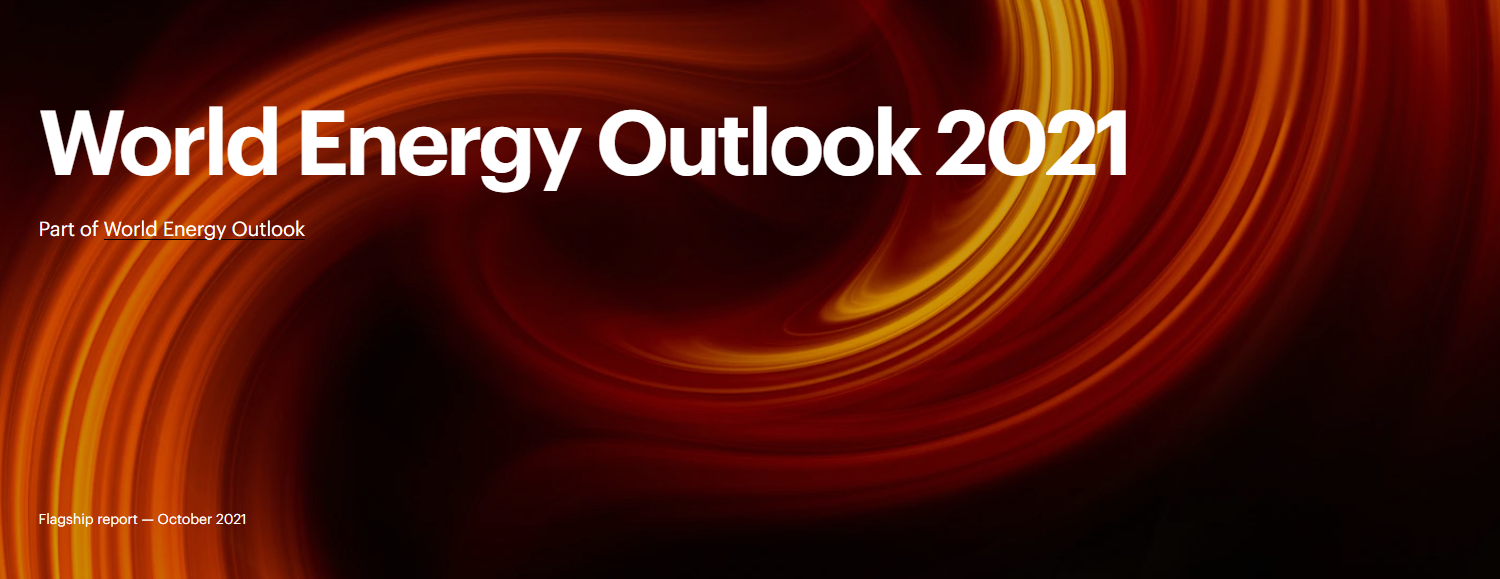 IEA.org
IEA.org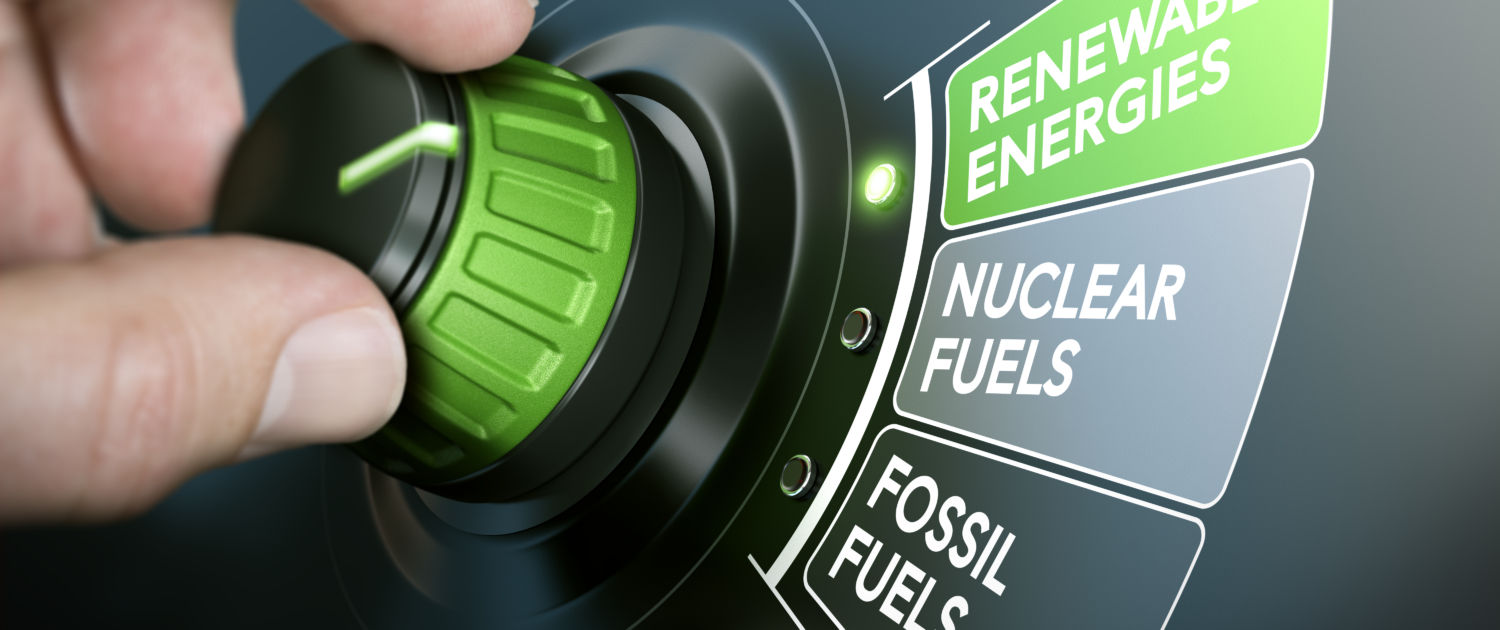 shutterstock
shutterstock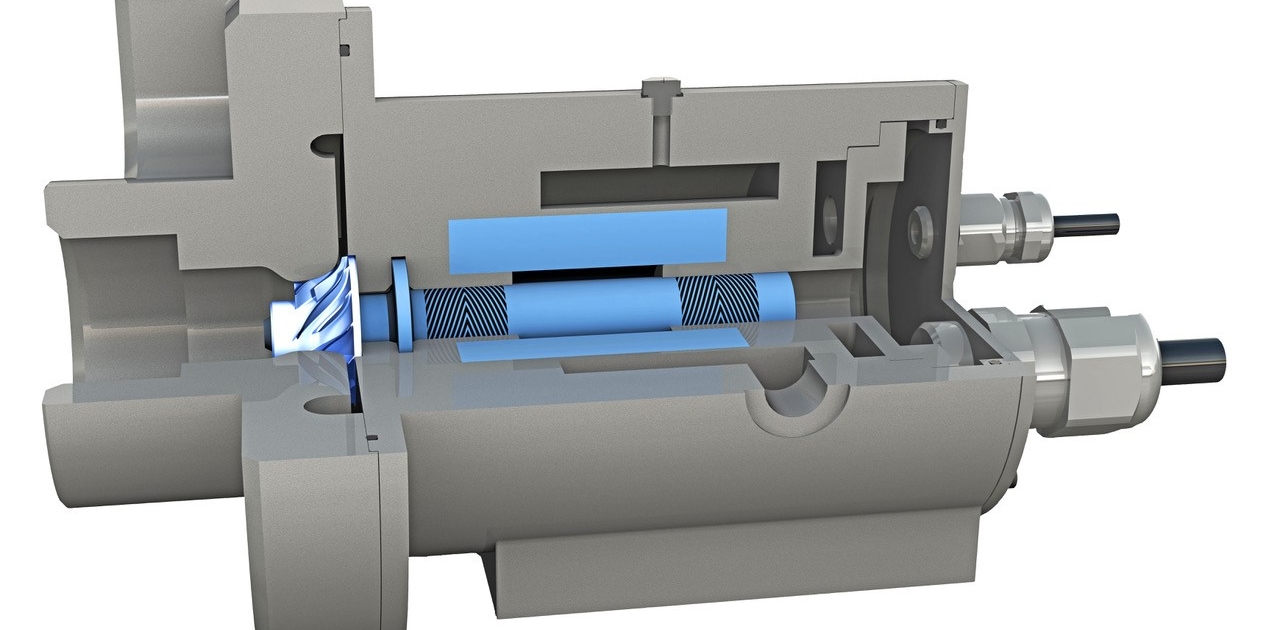 Celeroton
Celeroton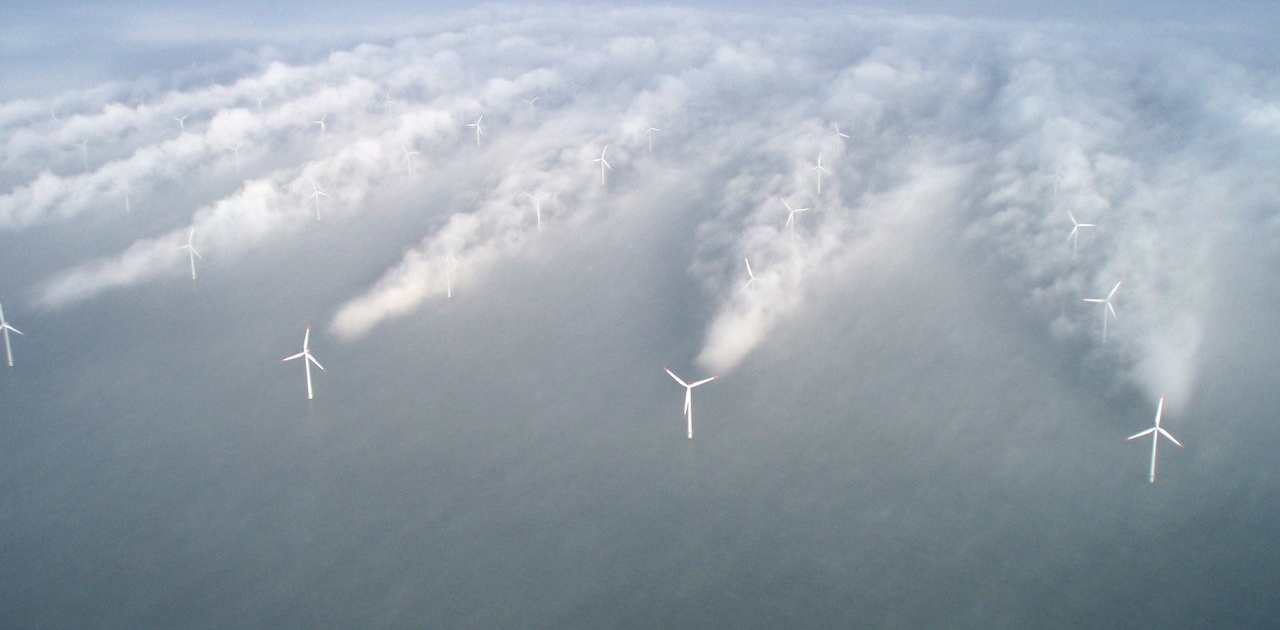 Vattenfall/Christian Steiness
Vattenfall/Christian Steiness